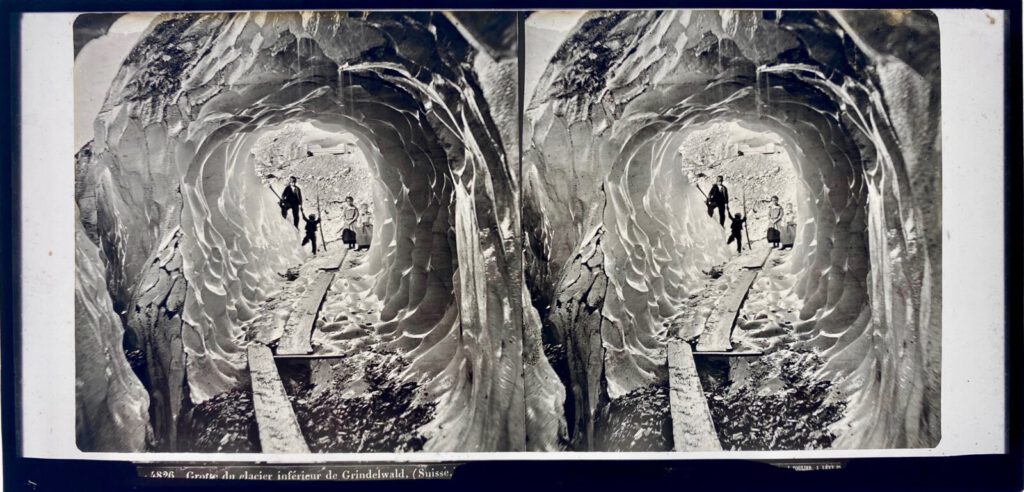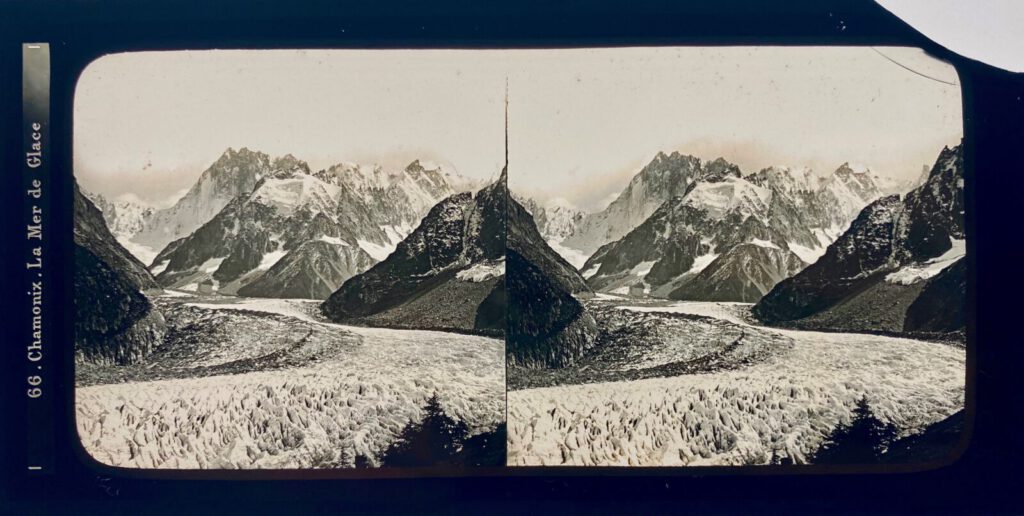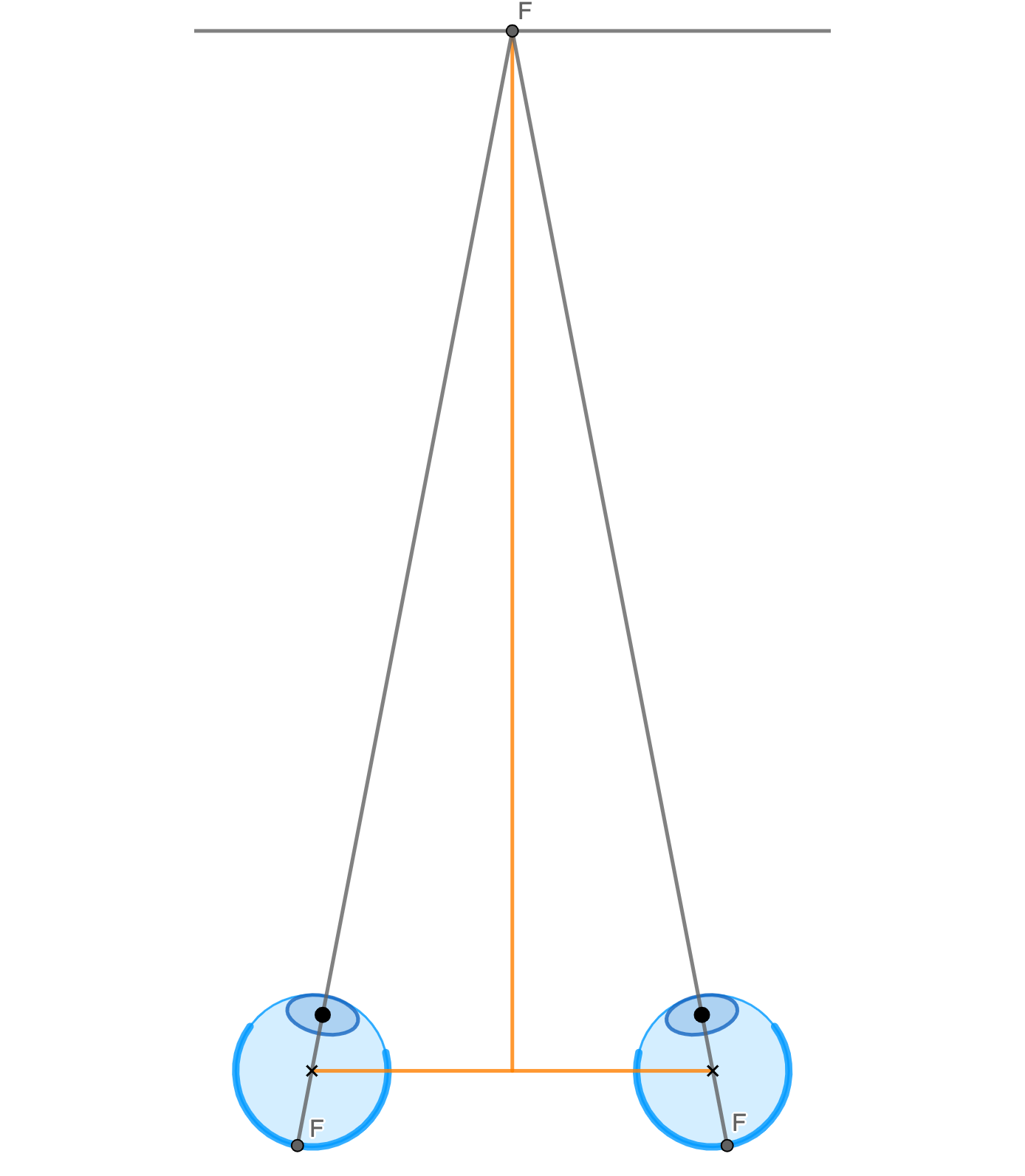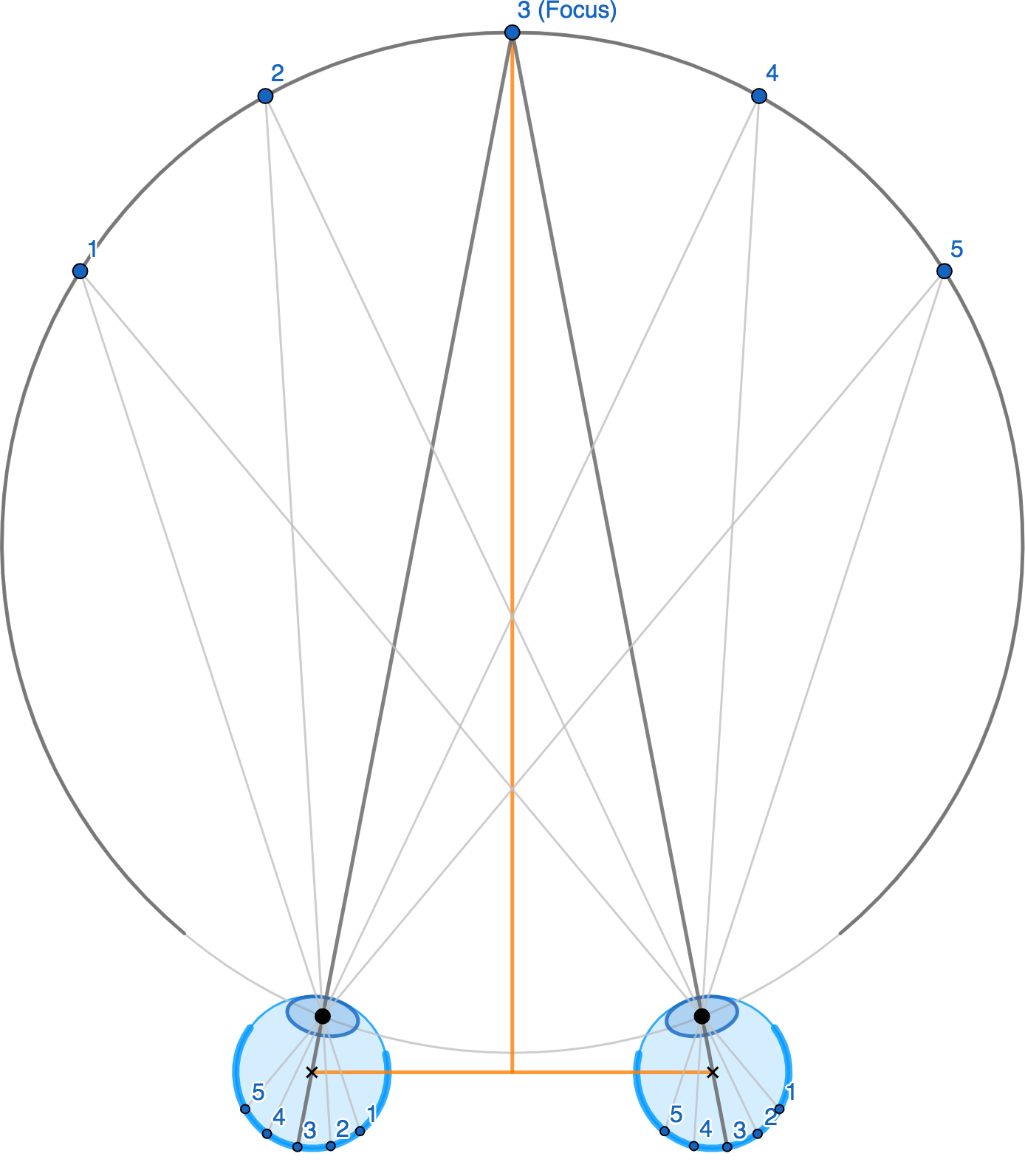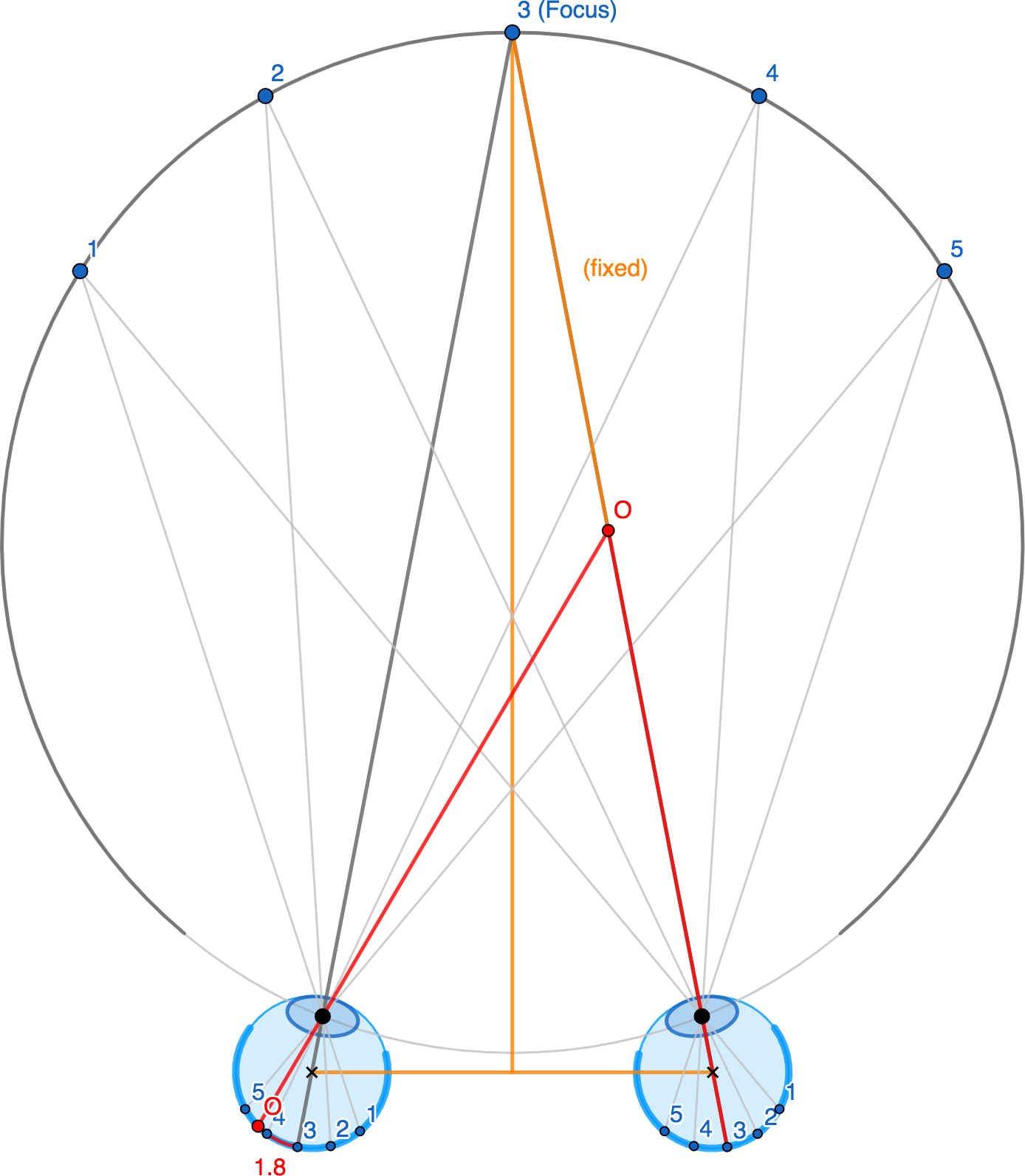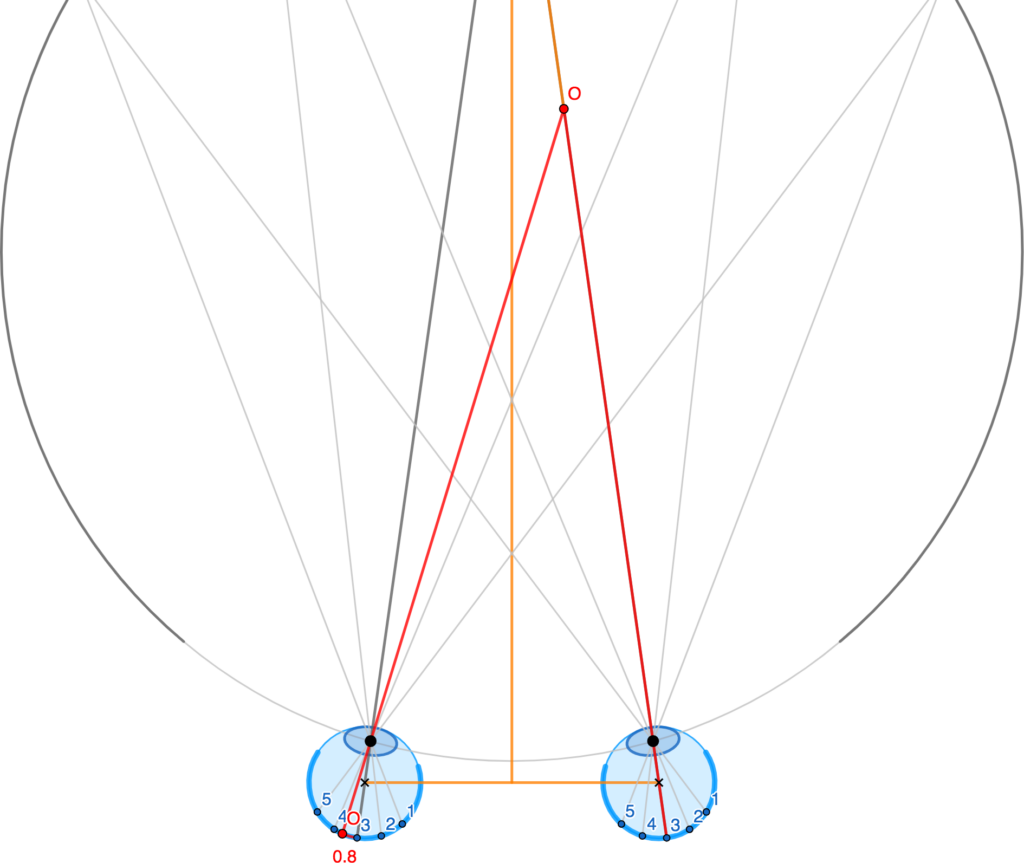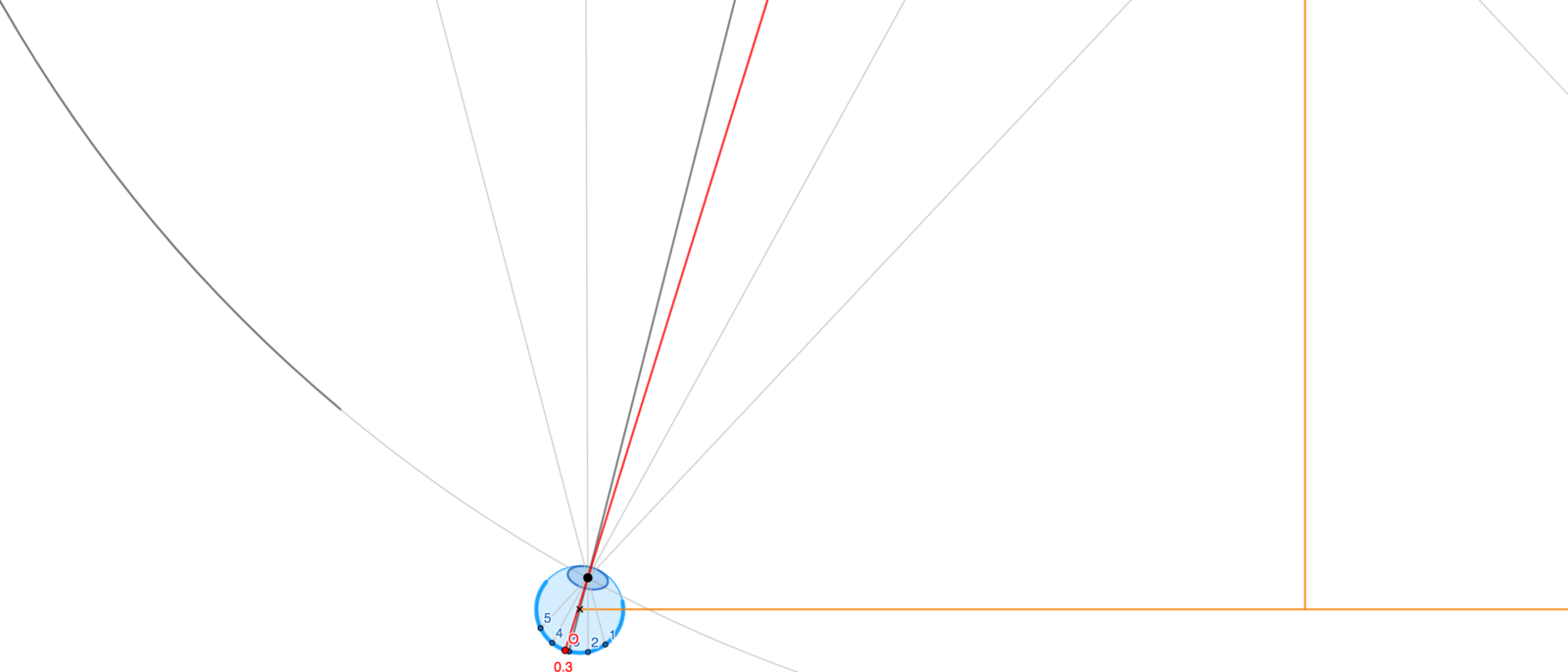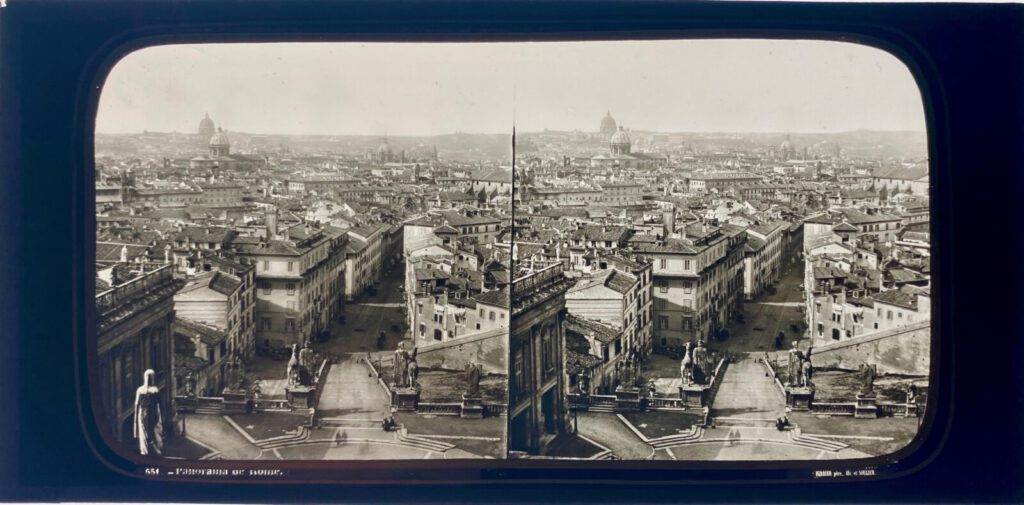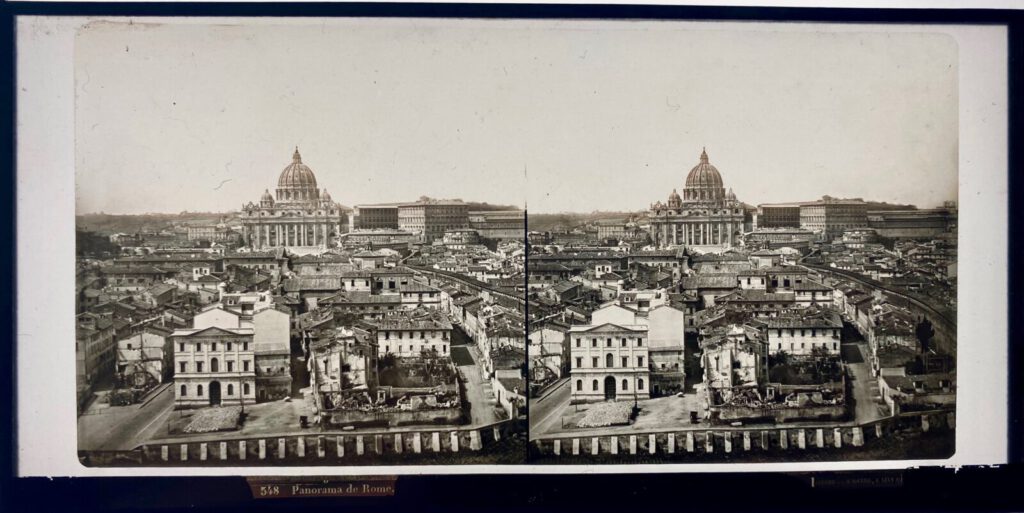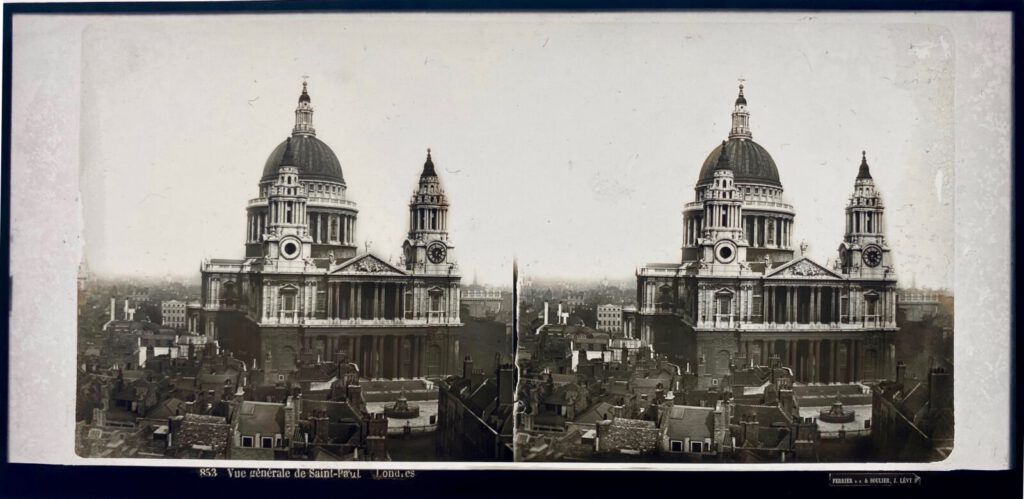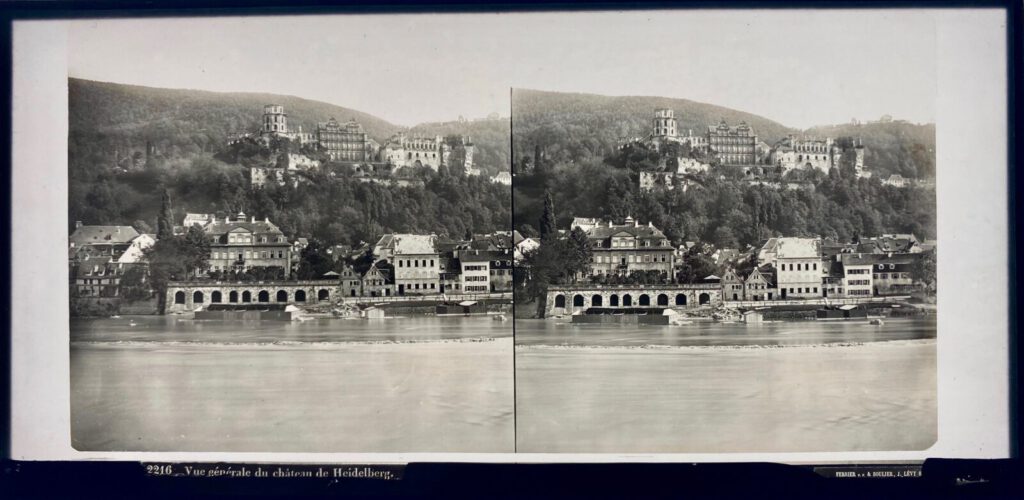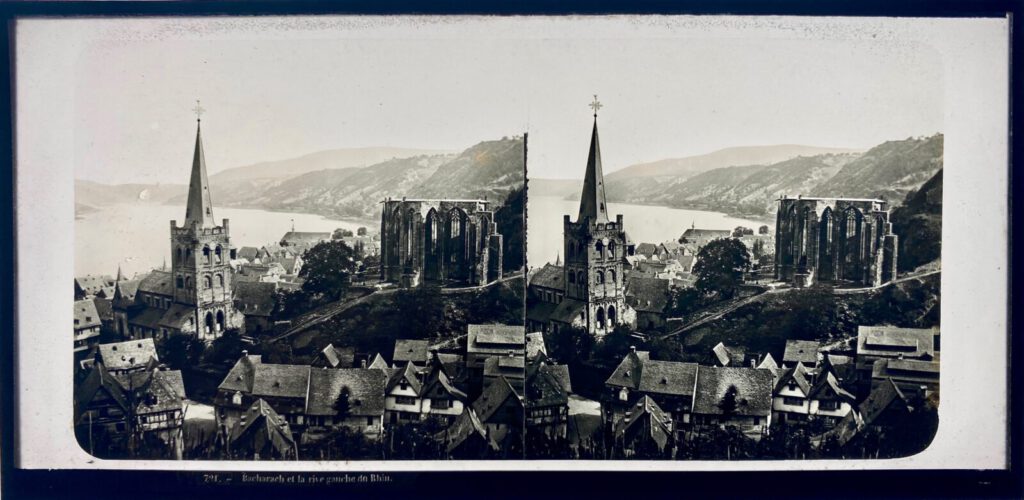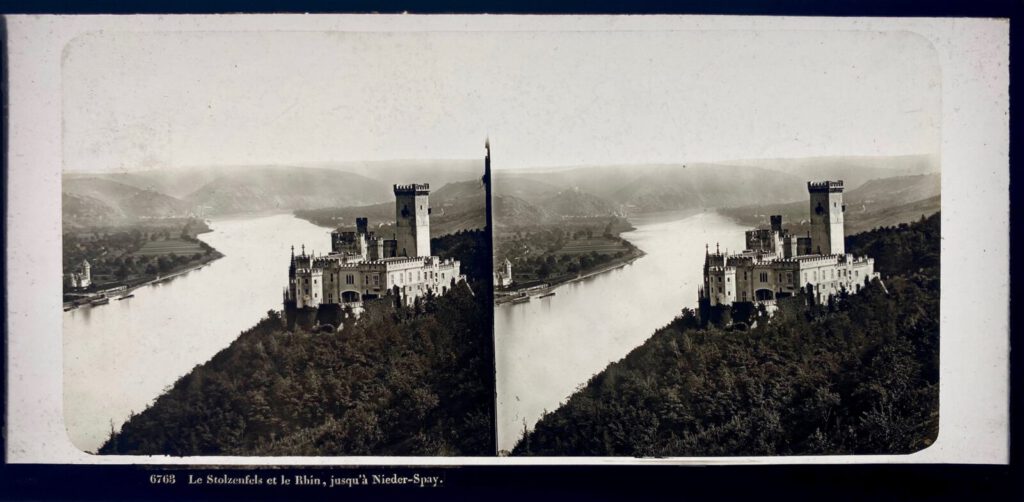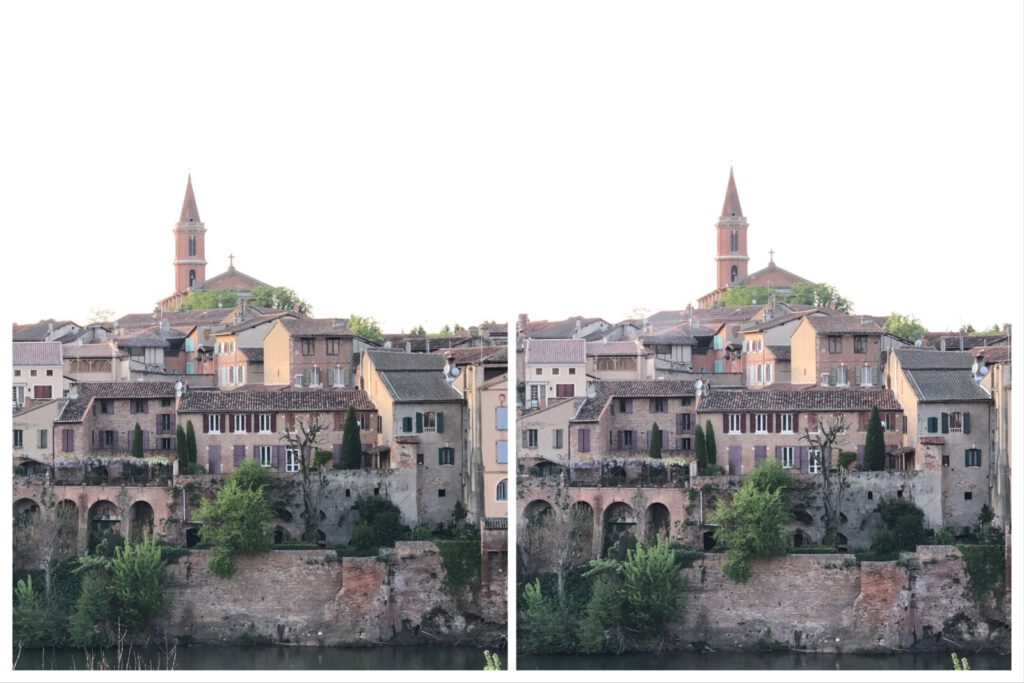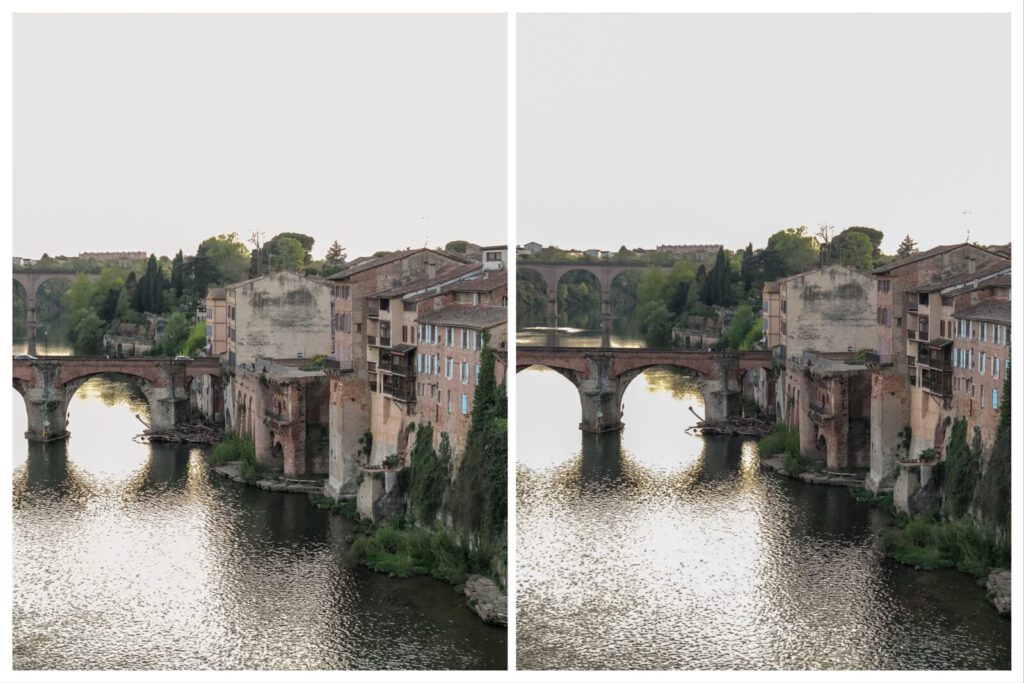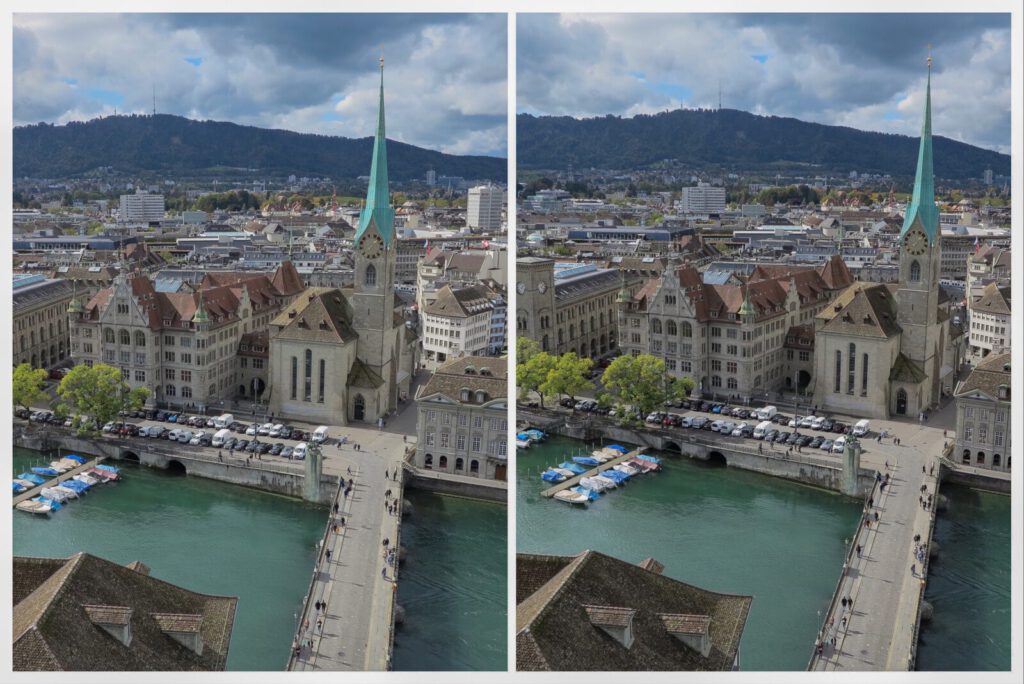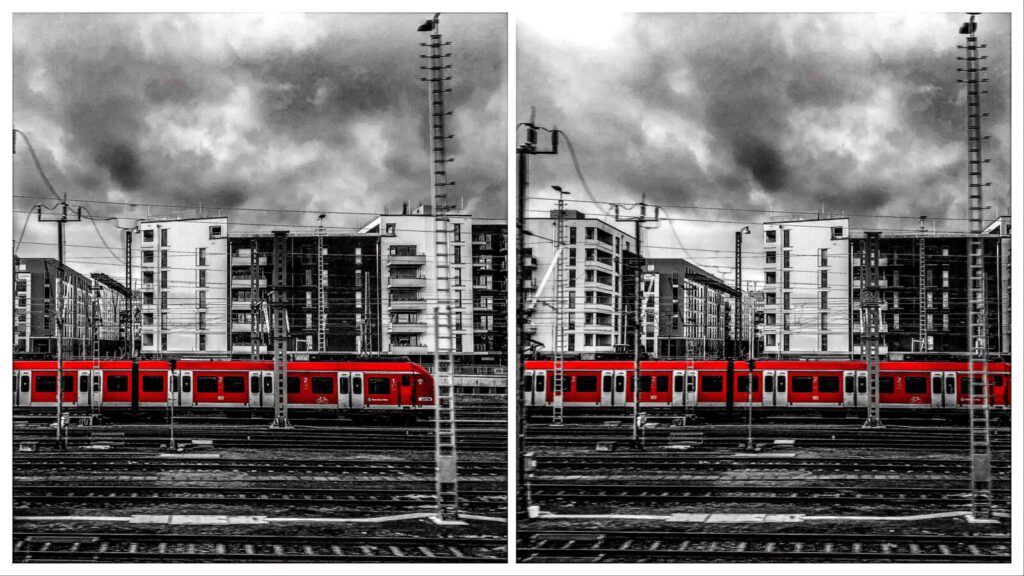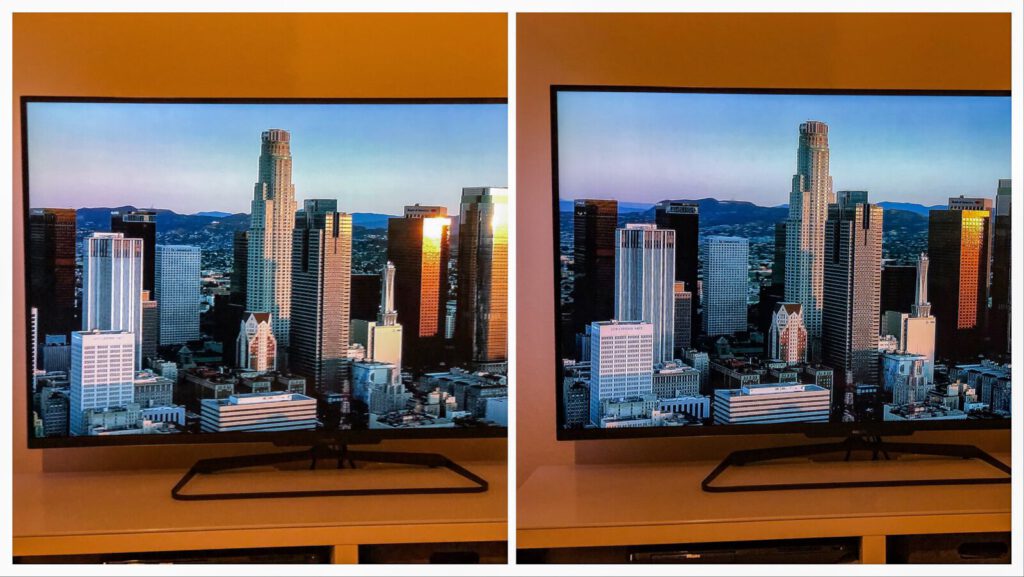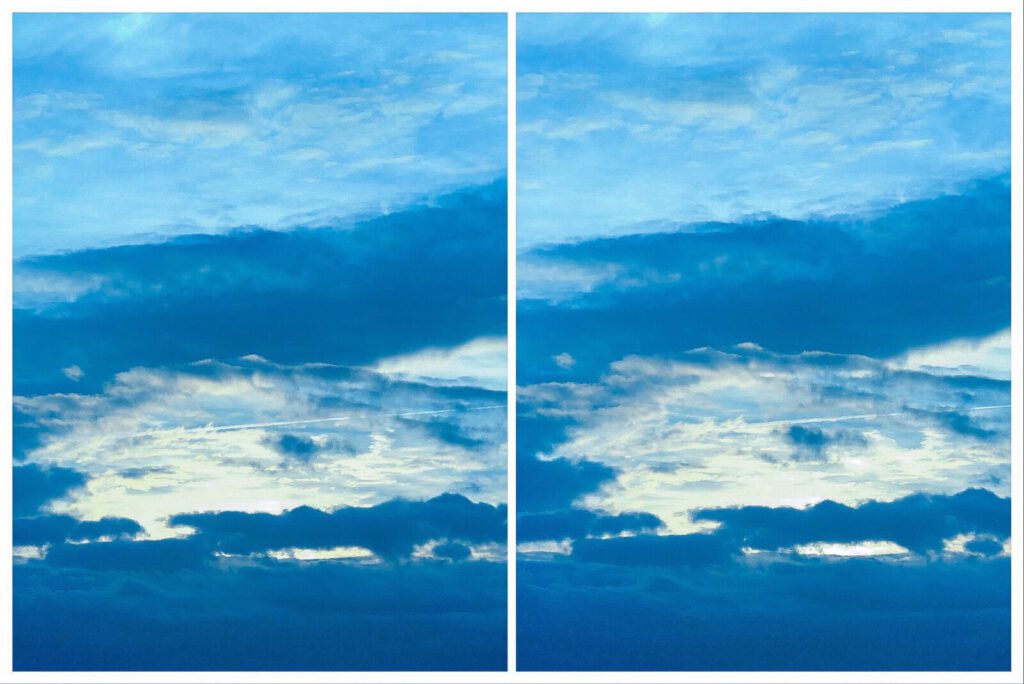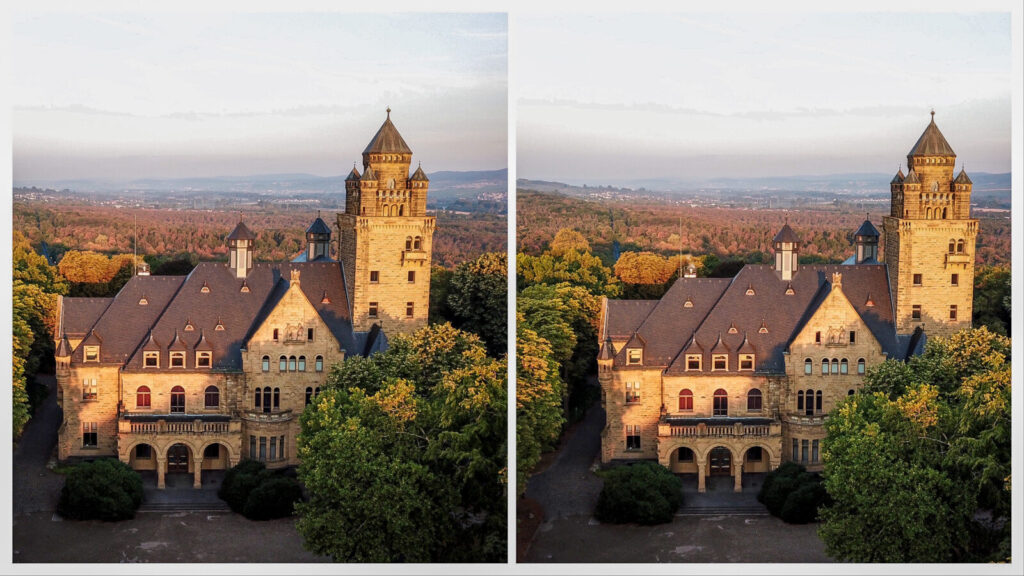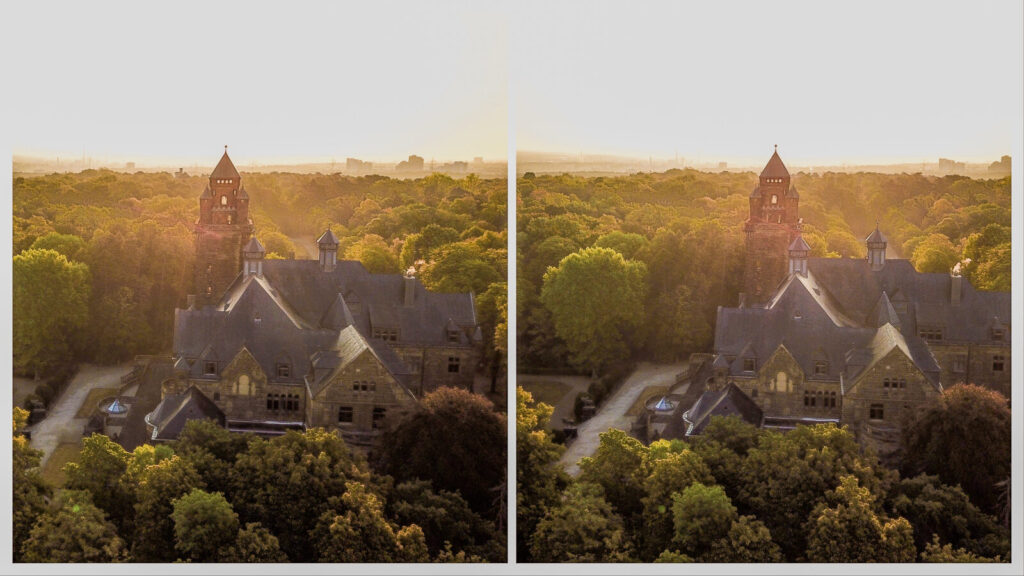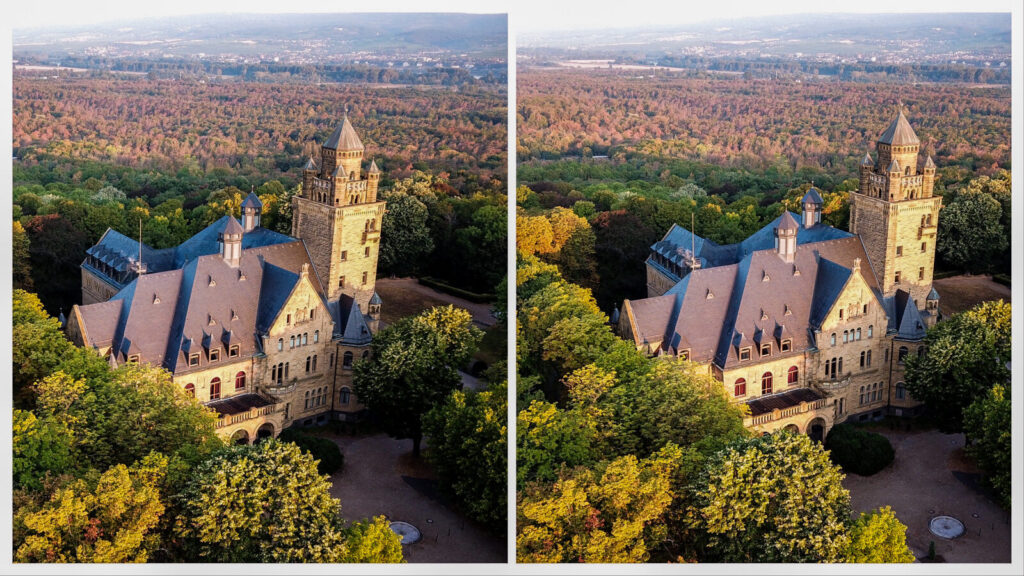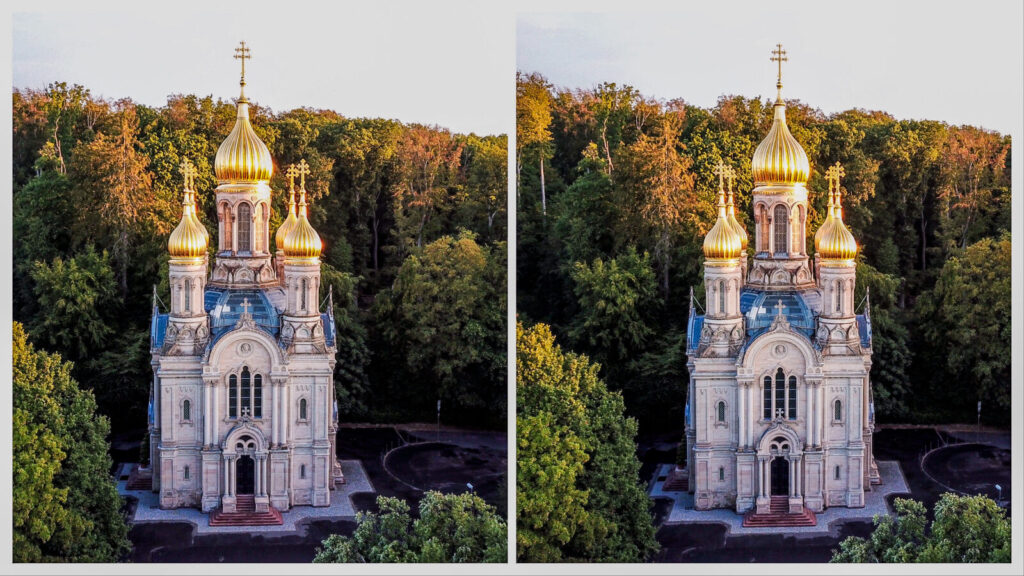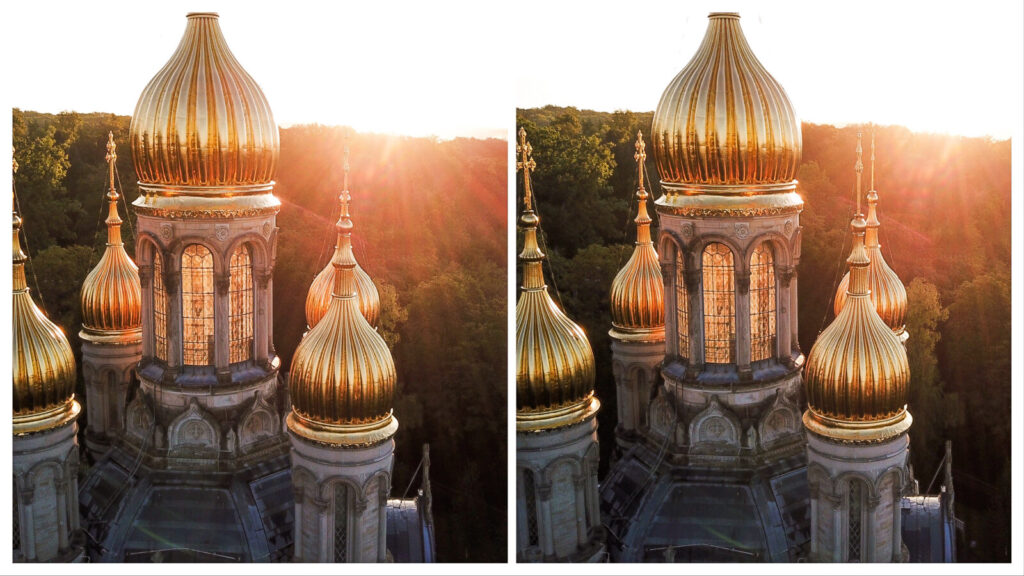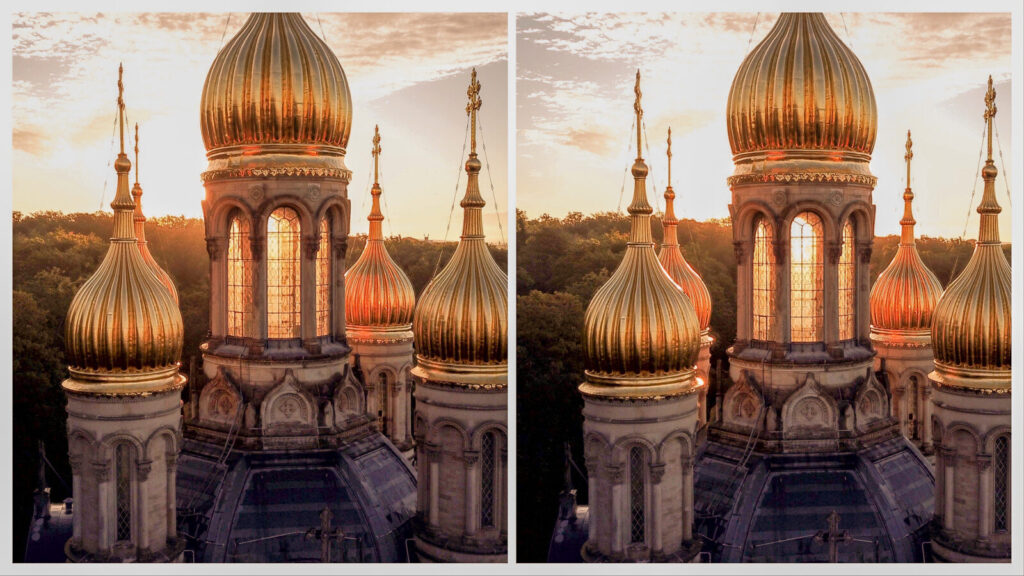The Magic of Hyper Stereos
written for the stereosite by Pascal Martiné, Germany
Introduction
When I started to take my first own stereo photos I soon realized that I can kind of adjust the amount of depth by shifting the camera more or less between the two shots. Like most of us it took me quite a while to develop the right feeling and reduce the amount of stereo pairs that were not really satisfying. But capturing landscapes was still a challenge when I first heard of so called hyper stereo photos. After my personal discovery of stereoscopy this opened a whole new world once more. During the summer of 2020 I had the long awaited opportunity to take stereo photos with a drone. But to tell you all about the magic of hyper stereos it’s best to start soon after the birth of stereoscopic photography.
While stereoscopic photography always had more technical requirements, including the camera as well as viewing devices, the viewing experience surpassed that of mono photography. This may not apply on portraits but does certainly on travel photography, where you could step right into the scene depicted in a stereo view.
But when it comes to wide and distant landscapes their flatness is an undeniable drawback for the stereoscopic effect when a stereo camera with lenses spaced at the same distance as human eyes is used. Watching the following slides through a Brewster stereoscope would offer a little more depth than free viewing them. Nevertheless, one can see that the lack of 3D is already quite boring compared to the two stereo slides shown above.
If you ever took your own stereo photos and referred to the distance of your eyes when shifting the camera between the two shots you may have encountered that all distant objects appear as one single flat background. The same effect explains why we cannot estimate the different distances of clouds when we look to the sky.
Stereopsis
To understand why this is not possible we need to consult some theory. The ability of extracting depth information from our binocular vision is called Stereopsis. One of its conditions is related to the fact that our eyes have a certain distance to each other. Now, if we look at an object (F) both our eyes will immediately turn towards the object, leading to a vision of the object right in the center of both retinas, resulting in one single vision for both eyes (Fig. 1).
The vertical orange line represents the distance between us and the object. The horizontal orange line is called baseline in the context of stereoscopy, i.e. the distance between our eyes, or the distance between the two camera lenses.
One could assume that every object which is as far away from us as object F would cause such a single vision. But this is not true. If you would draw two rays from equal points on both retinas through the two lenses you would find out that their intersections rather create a circle. This circle is called Horopter (Fig. 2).
Note that this is only the theoretical horopter. There also exists an empirical horopter and a certain neuronal tolerance, summarized in the so called Panum’s fusional area. But we will now focus on stereopsis again.
If an object O (red) is closer than the horopter its vision will have different positions on each retina (Fig. 3). Those different positions on the retinas cause a double vision which enables our brain to sense the distances of objects. We also use additional techniques such as comparison of size, movement, etc. to enhance that sense, but we can ignore that for the discussion of stereopsis.
Let’s take a closer look at Fig. 3. For the right eye, the red object will hide point 3. This means that there will be no vision of point 3 on the retina of the right eye, i.e. it would not appear at all on the right image of a stereo photo. But this does not happen on the retina of the left eye. Moreover, it’s shifted even beyond the vision of point 4. If you would place an object behind the horopter you could easily find out that you would have the same result vice versa.
Unfortunately, the double vision method works only for close objects. Here’s why:
Fig. 4 shows what happens if you increase the distance between us or the camera and the object we are looking at (vertical orange line). The baseline and the distance between the horopter and the closer object are the same as in the previous figure. It’s just like you were stepping back to take a look from further away. As you can see, the left vision of the red object moves closer to the vision of point 3. Ultimately, this is what happens:
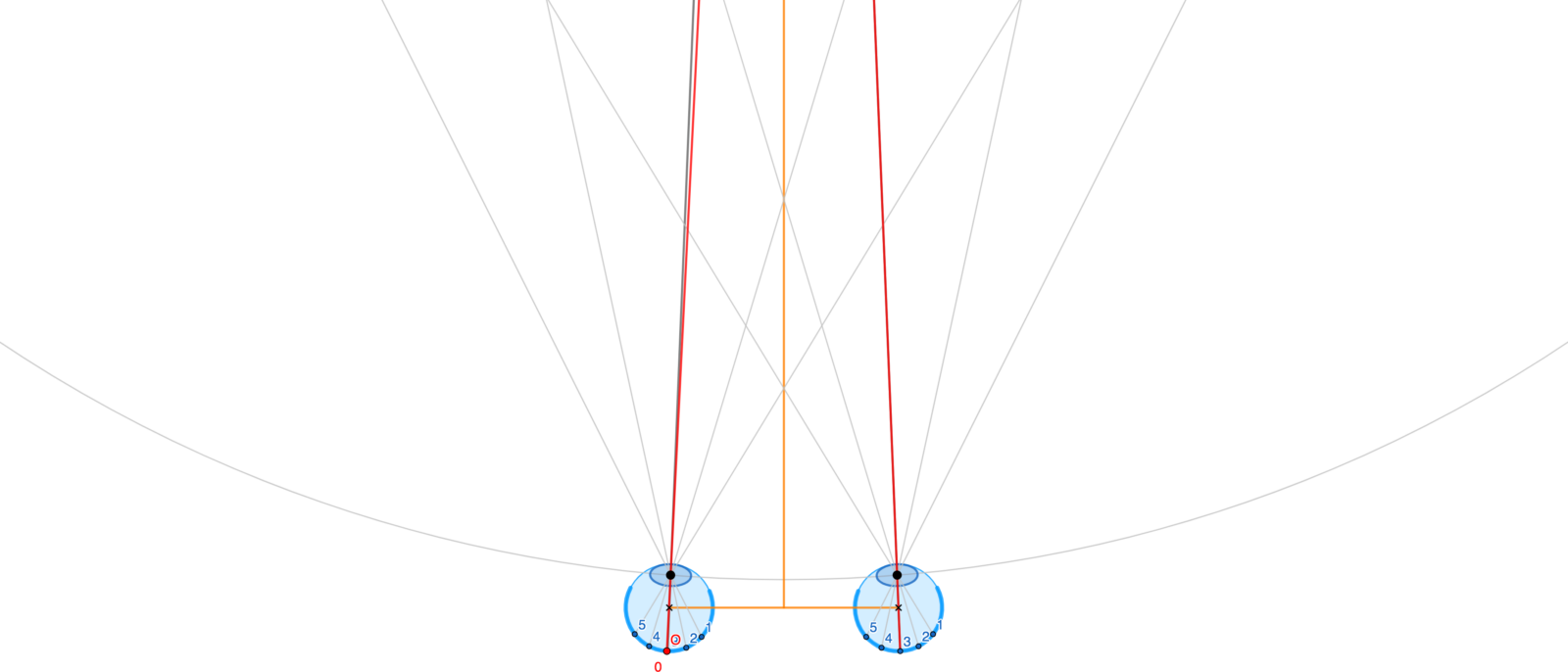
The former double vision of the red object transforms into a single vision. This means stereopsis is not possible anymore and we are thus not able to sense the different distances of the two objects — we are just too far away now.
This problem affects stereoscopic photography even more. If you want to take a photo of something that is just too large to fit entirely on your lens — like a building, a mountain, a landscape or a city panorama — the only way is to get farther away from the subject and loose the stereo effect. Furthermore, we sometimes wish to get closer to particular object but we can’t — like a ship on the sea, an animal or the clouds mentioned above.
Wait! Didn’t we conclude that it’s just impossible to sense depth in distant clouds? Yes, that’s true on one hand, but obviously clouds are also as three dimensional as a mountain. Luckily, we are not only able to bring back the depth, we are also able to make it visible in a way that we have never seen it before. That’s why the title of this article speaks of magic.
While magicians work with illusions or distractions we will actually not do anything more than revealing reality. That means making stereopsis possible for distant objects. In theory it’s quite simple to bring the double vision back. All you have to do is increase the baseline (Fig. 6).
If you want to examine the effects between distance and baseline on your own you can access this figure as an interactive GeoGebra file online here.
The effect might seem poor in the example above because the double vision on the last figure is far less than on the first. But as I said you will use that technique for large buildings rather than for a still life on a table. So, if you increase the distance to your subjects, their inner distances will grow likewise (while the distance between the red object and the horopter remained the same through all figures).
Historical hyper stereos
It’s time to leave theory behind to prove that the technique works. And how it works! When I looked through my collection of glass slides I can easily conclude that hyper stereoscopic photography is no new discovery, but was used for the same purpose as today as it was in the 19th century:
Typical settings
There are a few requirements to take satisfying hyper stereos such as an empty foreground, equal ground, and space to move sideways. This results in typical situations suitable to take hyper stereos:
Walk along the riverside
Walk over bridges
Look down from large buildings
Take photos while you’re in a moving vehicle, …
… a plane or watching a movie.
Don’t move at all, but let the scenery move.
In my experience, it does not matter if your baseline is a little too big — at least in most cases I don’t have time to calculate, or I just don’t know the distance between the camera and the subject. That’s why I always shoot a horizontal sequence of 4 to 7 photos, and choose the final stereo pair afterwards. If I take simultaneous stereo photos I leave one camera where it is and increase the distance to the other camera multiple times. That way I can choose the best pair afterwards as well. For more information about how to choose the baseline I recommend David Kuntz’s article Getting the Right Depth in 3D Photography.
Hyper stereos taken by a drone
A few years ago, a great possibility for stereoscopic pictures went rather unnoticed when drones became available for everyone at a moderate price level. Here are a few examples that I took together with Ihab Zaidan who flew the drone:
Castle Waldthausen, Mainz, Germany
Russian Orthodox Church, Wiesbaden, Germany
Flying high obviously enables you to have an empty foreground wherever you are, and lets you choose the perfect perspective. But one of the most important benefits is that the remote control allows you to move exactly sideways — no slope of a road, no accidental circular movement.
Of course, there are also drawbacks and limitations such as strong wind, flight restricted areas, and the battery of the drone. The conditions of sequential stereo photos also affect drone stereos – but since you are quite far away and can move rather quickly this is not a big problem. I would say it has never been easier to take satisfying hyper stereos than with a drone.
A series of more drone stereo photos can be found in the corresponding gallery Castles along the Rhine.
Pascal Martiné (Mainz, Germany)
Passionate about stereoscopy as a collector and photographer since 2016. Admin of the stereosite. More on About me.

